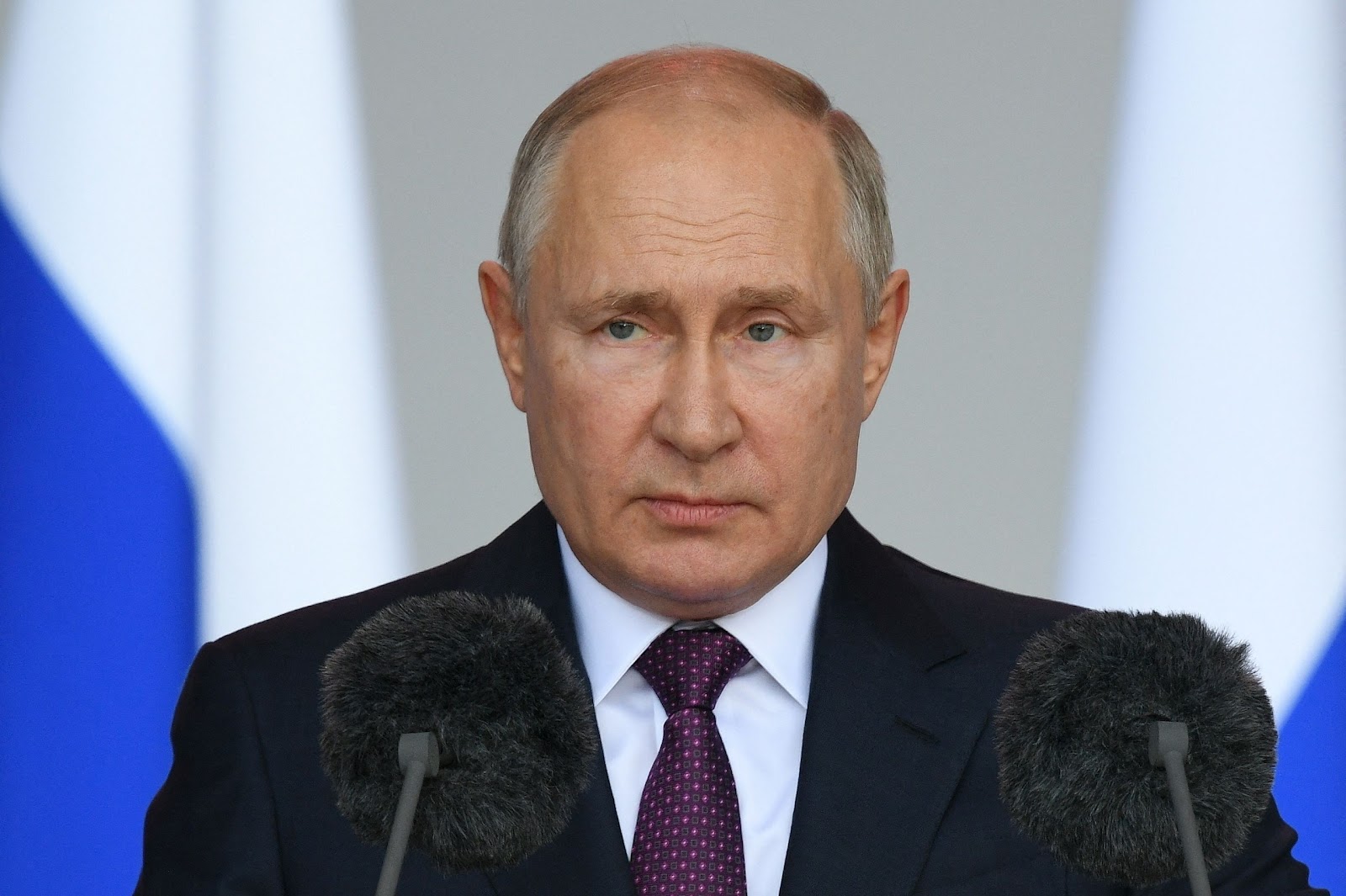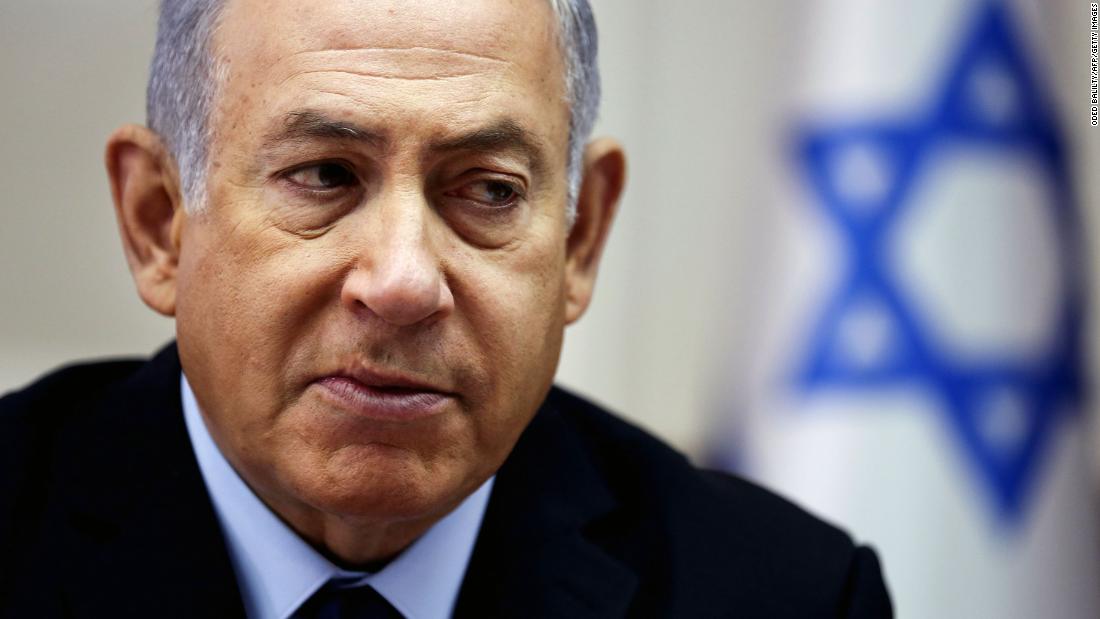It’s not just that the two men have the power to call a truce in a multi-billion dollar trade war that has damaged both sides and the global economy.
They meet at a defining moment in US-China ties which are turning sharply more adversarial with Beijing being more assertive on the world stage and Washington shifting to a more confrontational pose.
For decades, US policy on China has been premised on drawing the rising giant into a rules-based international system, on the basis that greater economic opening would inevitably lead to political liberalization.
But that goal, pursued by Democratic and Republican administrations, proved futile. Instead, and especially under the strongman leadership of Xi, China has stuck to market economics but clamped down on political freedoms.
Beijing is now seeking to impose its weight on its own region and beyond, making sweeping territorial claims in the South China Sea, sparking concerns of accidental clashes between the US and Chinese navies.
After decades of discrete and careful diplomacy, it is now seeking to extend its political, military and economic influence into Europe and Africa and offers developing nations an alternative model to the West’s liberalized societies.
As a result, there are growing fears that the rising superpower could clash with the existing dominant global force, the United States, and the Xi-Trump summit takes place as anxiety mounts over a possible new, pan-Pacific Cold War.
Suspicion of China is rare bipartisan concern
While Trump lashed out at China on the campaign trail, and blames it for draining away millions of American industrial jobs, rising suspicion of Beijing’s motives is bipartisan and widely shared in the foreign policy community.
The Trump administration’s new National Security Strategy named China, along with Russia as a “revisionist power” seeking a world “antithetical to US values and interests.” It said China wants to displace the US in the Indo-Pacific region and reorder its economic structure to suit its own interests.
In July, Michael Collins, deputy assistant director of the CIA’s East Asia Mission Center said China was using legal and illicit, public, private, military and economic power to wage a “cold war” against the United States.
Vice President Mike Pence formalized the US turn from engagement to confrontation in a speech in Washington in October.
“America had hoped that economic liberalization would bring China into a greater partnership with us and with the world. Instead, China has chosen economic aggression, which has in turn emboldened its growing military,” Pence said.
Given this backdrop, an agreement on the US-China trade dispute, while welcome, would be only a small step to defusing a building competition between the two great economies.
Miles Kahler, senior fellow for Global Governance at the Council on Foreign Relations, said US-China relations are undergoing a transformation under Trump.
“It doesn’t mean open hostility or some sort of new Cold War, yet, but the list of grievances that they have with China is very, very long and it’s well beyond trade,” Kahler said.
“The consensus has definitely shifted toward a much harder, much less accommodating line toward China. And this is not just the result of changes in politics in the United States; I think it’s a result of perceptions of where Chinese policy has gone under President Xi Jinping in the last few years,” he said.
A rising challenger?
The US shift is not just evident in Pence’s speech. Washington now refers to Asia-Pacific as the Indo-Pacific region, highlighting the role of its ally India, a rising challenger to Beijing. At the G20 summit in Argentina, Trump held a meeting and an unsubtle photo op aimed at China alongside the Indian Prime Minister Narendra Modi and Japanese Prime Minister Shinzo Abe.
Underlining naval tensions, the US this week sent a guided-missile cruiser on the latest “freedom of navigation” exercise in the South China Sea, near the Paracel islands, that are claimed by Beijing.
And earlier this month at the APEC summit in Papua New Guinea, Trump offered China an opening by not showing up. The China-US confrontation cast a shadow over the event which featured hawkish speeches by Xi and Pence.
Both sides do have common interests in preventing an outburst of conflict and Trump has often enlisted China’s help in reining in its recalcitrant ally North Korea during his stick-and-carrot charm offensive.
But Washington and its regional allies have condemned Beijing’s recent drive to establish claims and build military bases on islands and reefs in the South China Sea whose waters are claimed by multiple nations.
Hope for a deal
Still, despite rising geopolitical tensions, there is still hope for a trade deal in Argentina, partly because both sides appear to want a timeout.
“If we could make a deal, that would be good. I think they want to, and I think we’d like to,” Trump said on Friday.
The President would like some relief from China’s reprisals over his billions of dollars in tariffs that are hammering agricultural heartlands in mid western states crucial to his reelection.
He is also, of course, a self styled master of the deal, and coming home with an agreement would allow him to boast of a political win at a time of extreme pressure back home over the Mueller probe.
It’s often hard to predict what Trump will do — and China policy is no exception. No modern President has been as tough on Beijing with his rhetoric and with tariff policy than Trump. Yet he also often boasts of his relationship with Xi, calling him a good friend. There are also concerns among Trump critics that he gives away the store in on-one-one negotiations.
Going into the talks, Trump’s economic team was talking a tough game. Larry Kudlow, director of the US National Economic Council, said that the President was ready to slap $267 billion in new tariffs on China, and took a swipe at Beijing’s economy.
“Most observers believe China to be in a slump whereas the United States is in a strong solid position going into the summit,” he said.
Deepening splits
Splits in the administration over China are deepening the intrigue ahead of the Xi-Trump meeting. CNN’s Kevin Liptak reported that White House adviser Peter Navarro, a hardliner on China is expected to attend. Navarro has waged a struggle for Trump’s attention on policy towards Beijing with another faction led by Treasury Secretary Steve Mnuchin, who is more open to talks with Beijing.
If a deal is struck, it will be worth reading the small print. While Trump has honored campaign promises to renegotiate trade agreements, including with South Korea, Mexico and Canada, he often oversells the size of the changes.
He billed an agreement to avert a trade war with the European Union earlier this year as a “very big day for free and fair trade” but in reality the agreement was simply a deal on talking about an overhaul of transatlantic commerce.
His vaunted breakthrough with North Korean leader Kim Jong Un in Singapore, which he said had removed the nuclear threat posed by the isolated state has produced little evidence of denuclearization.
Few experts believe that any agreement that emerges will deliver on top US grievances and halt intellectual property theft or the stealing by China of US technology it sees as crucial to its military and economic development.
Still, given the worrying trajectory of US-China relations, an agreement to talk about talks and suspend the tariffs war might be a hopeful sign.









Leave a Reply